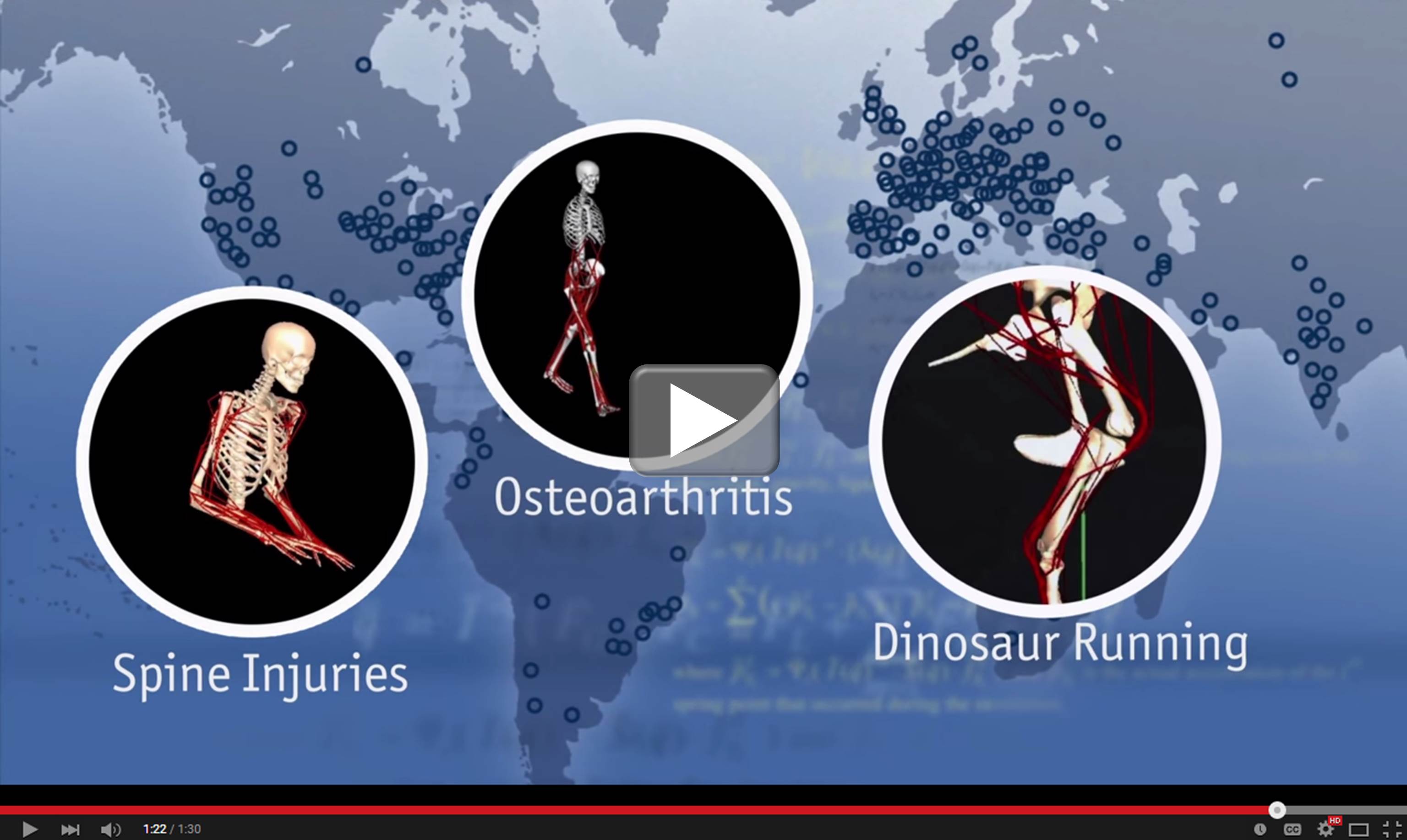Cool Videos: Better Computation, Better Hope for Movement Disorders
Posted on by Dr. Francis Collins
 Avatar. Pick your Sim. The entertainment world has done an amazing job developing software that generates animated characters with strikingly realistic movement. But scientists have taken this one step further to create models that can help kids with cerebral palsy walk better, delay the onset of osteoarthritis, and even answer a question in the minds of children of all ages: How exactly did T. rex run?
Avatar. Pick your Sim. The entertainment world has done an amazing job developing software that generates animated characters with strikingly realistic movement. But scientists have taken this one step further to create models that can help kids with cerebral palsy walk better, delay the onset of osteoarthritis, and even answer a question in the minds of children of all ages: How exactly did T. rex run?
That’s what the researchers behind this video—an entrant in the NIH Common Fund’s recent video competition—have done. They’ve developed OpenSim: a free software tool that combines state-of-the-art musculoskeletal modeling and dynamic computer simulations to produce highly accurate representations of the underlying biomechanics of motion. OpenSim was designed at the NIH-supported center for physics-based Simulation of Biological Structures (Simbios) at Stanford University, Palo Alto, CA. And now, researchers around the world are using OpenSim to find more effective interventions for a variety of movement disorders.
Links:
NIH Common Fund Video Competition
OpenSim (Stanford University, Palo Alto, CA)
NIH Support: Common Fund; Eunice Kennedy Shriver National Institute of Child Health and Human Development; National Institute for General Medical Sciences

Wow, looks like a great discovery.